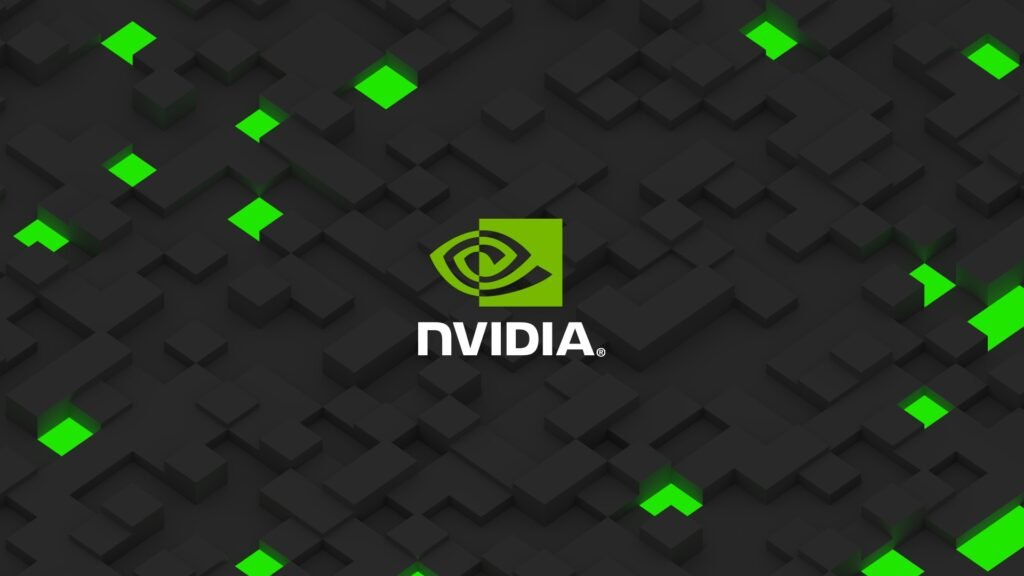
When I consider putting my hard‑earned capital into a company, I don’t start with gut feeling or the latest headline—I start with hard numbers. Over the years I’ve refined a simple, repeatable process that helps me understand both the attractiveness of a business today and its potential to grow tomorrow. Below, I’ll walk you through my step‑by‑step framework for vetting stocks—whether you’re a long‑term investor or a shorter‑term trader—and show you how I’ve applied it to one of the market’s hottest names, NVIDIA.
Market Capitalization: Sizing Up the Business
Before anything else, I look at a company’s market cap.
- Why it matters: Market cap gives you an immediate sense of scale—whether you’re dealing with a nimble small‑cap or an established mega‑cap.
- How I use it: A $50 billion company will have different risks and opportunities than a $500 billion behemoth. Smaller companies can grow quickly but carry more execution risk; large companies move slower but tend to be more stable.
Price‑to‑Earnings (P/E) Ratio vs. Its Own History
Next, I pull up the company’s current P/E ratio—and compare it to its historical range.
- Locate the trend: Financial sites like Investing.com or Yahoo Finance often chart a company’s P/E over the last decade.
- Spot the outliers: If today’s P/E is well above its long‑term average, I hit pause and ask:
- Is the business truly worth this premium?
- Or is the market simply too euphoric?
Example: NVIDIA
- Current P/E: Let’s say NVIDIA trades at a forward P/E of 45×, up from its 10‑year average of 28×.
- First question: Why the jump?
- If NVIDIA’s earnings are exploding—driven by surging data‑center sales or AI chip demand—that can justify a higher multiple. But if the P/E has outpaced profit growth, I dig deeper before deciding.
Industry P/E: Picking the Right Playing Field
Not all industries are created equal. Some sectors trade at structurally higher multiples simply because their growth prospects are stronger or their business models more scalable.
- High‑PE industries: Technology, biotech, insurance.
- Low‑PE industries: Commodities, basic materials, traditional energy.
My rule: I gravitate toward industries where the average P/E is high, because that signals the market’s willingness to pay for growth. Why bother chasing yield in steel mills when you can participate in the next wave of cloud computing or advanced manufacturing?
Profit Growth: The Fuel Behind the Valuation
A rich P/E can make sense—if earnings are accelerating. I look for:
- Net profit growth ≥ 20% per year, sustained over the last three years.
- Sustainability: I read quarterly calls and investor presentations to see if growth drivers (new products, expanded markets, pricing power) are durable.
In NVIDIA’s case, data‑center and gaming revenue have both more than doubled in recent years. If that trajectory is likely to continue—say, because AI adoption is still in its infancy—I’ll be more comfortable with a sky‑high P/E.
Capital Expenditures & Reinvestment Rates
I then dig into the company’s cash‐flow statements and investment plans:
- CapEx levels: Are they investing in the factory or the R&D lab?
- Capital‐intensive vs. asset‐light: A software company can scale with minimal CapEx; a chipmaker like NVIDIA needs billions in fab or packaging upgrades.
- Sustainability check: High CapEx today must translate into higher earnings tomorrow. If the planned investments don’t seem likely to pay off, I move on.
Debt‑to‑Equity: The Leverage Lens
Growth is great—but growth funded by excessive borrowing is a red flag. I look at:
- Debt/Equity ratio: A low or declining ratio is comforting; a rising ratio demands scrutiny.
- Interest coverage: Can operating income easily cover interest payments?
- Debt reduction: If a company is paying down debt even as it grows, that’s a strong positive.
Even if NVIDIA were expanding rapidly, I’d ensure its balance sheet remains rock‑solid—especially in a rising‑rate environment.
Putting It All Together: Trade vs. Invest
- Long‑term investment: I look for businesses that tick all the boxes—dominant market cap, reasonable P/E vs. growth, strong industry tailwinds, sustainable capex plans, and healthy leverage.
- Shorter‑term trading: I might lean into momentum if the technicals are compelling, but I still respect these fundamental guardrails.
NVIDIA in Practice
- Market Cap: ~$1 trillion—an established leader.
- P/E Trend: Currently ~45× vs. 28× historical average.
- Profit Growth: > 50% annual net‐income growth, driven by AI & data centers.
- Industry P/E: Semiconductors routinely trade above 30× for high‑growth names.
- CapEx: Billions spent on new fabs and packaging, with clear roadmap to higher margins.
- Debt: Minimal relative to equity, with interest coverage > 20×.
With these metrics aligned, NVIDIA becomes a buy for me—both on dips for the patient investor and on breakouts for the shorter‑term trader.
By anchoring your research in market cap, valuation multiples, profit growth, industry context, reinvestment needs, and leverage, you’ll avoid the biggest pitfalls of chasing hype or getting stuck in value traps. Use these principles consistently, and you’ll find the true winners in any market cycle—just as I did with NVIDIA. Whether you’re building a retirement portfolio or seeking alpha on the next quarterly swing, this simple framework will keep you focused on what really matters.



